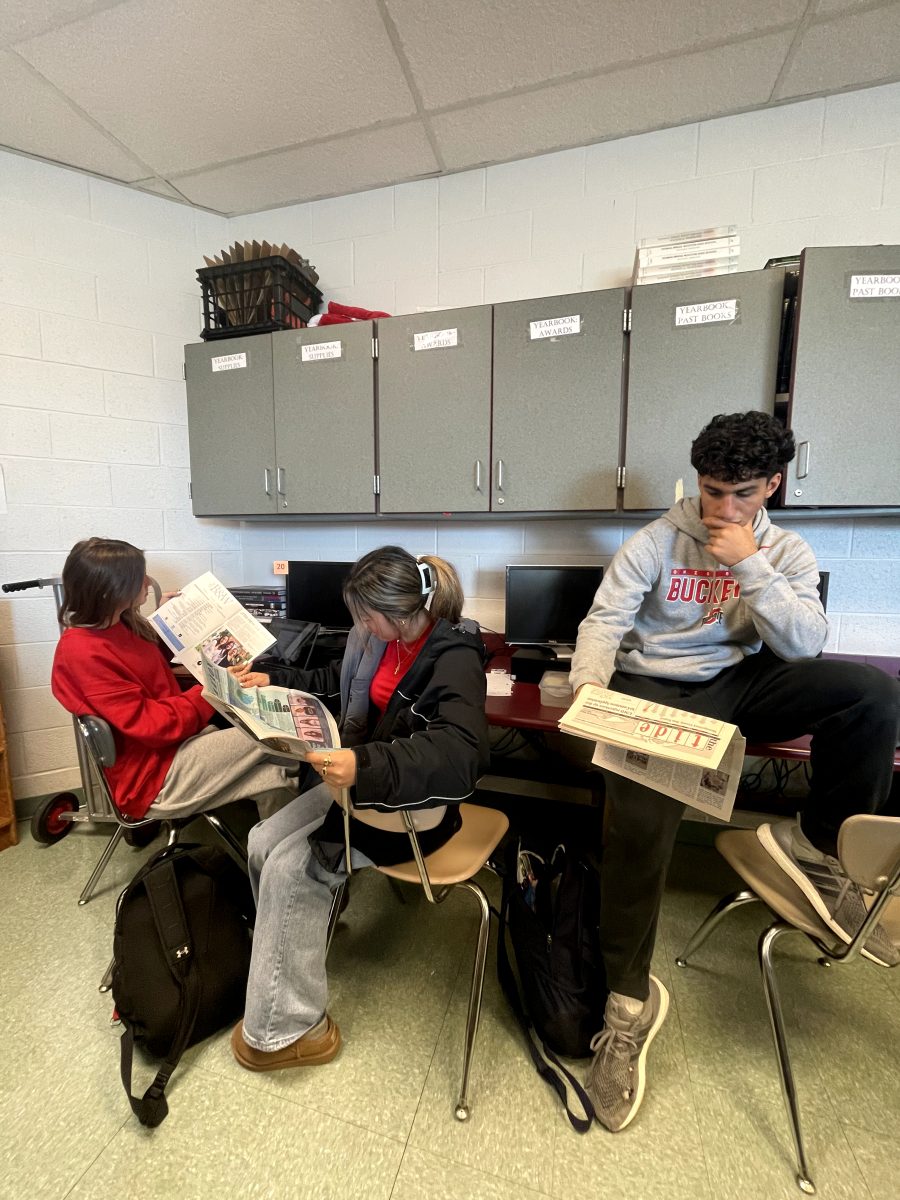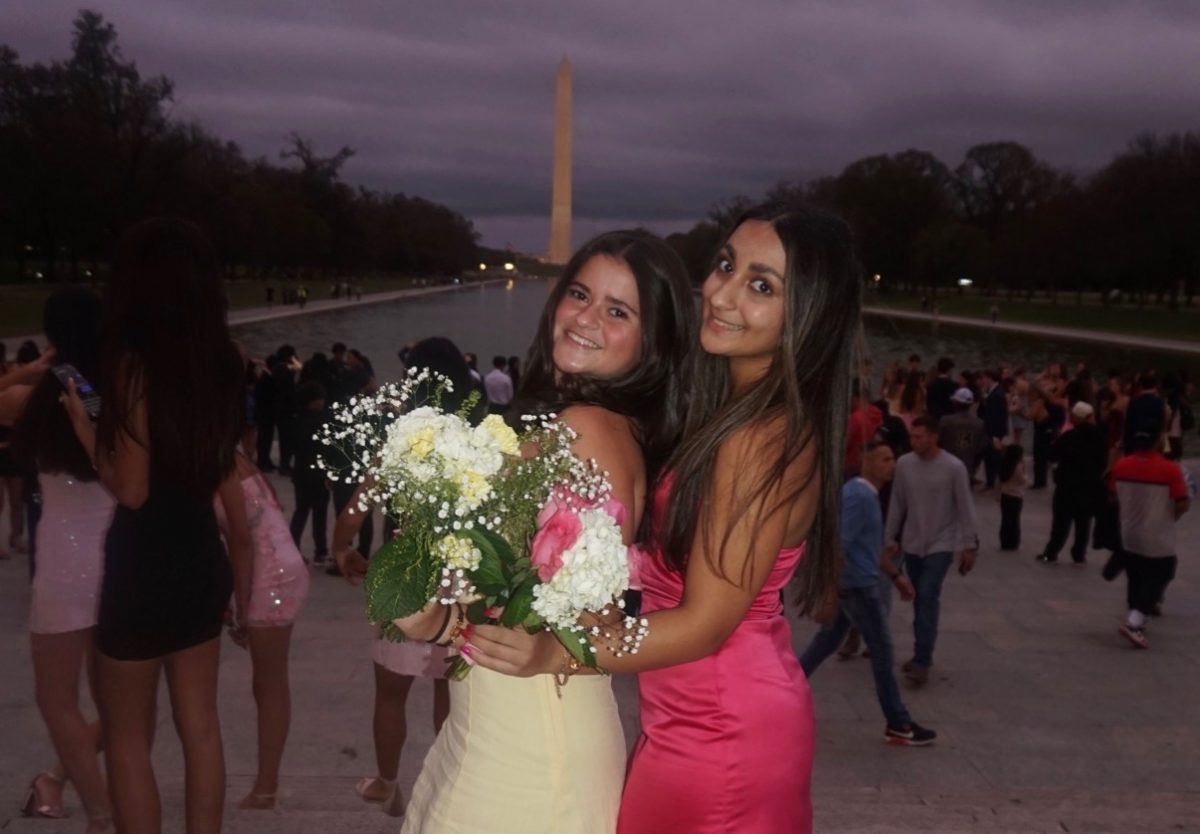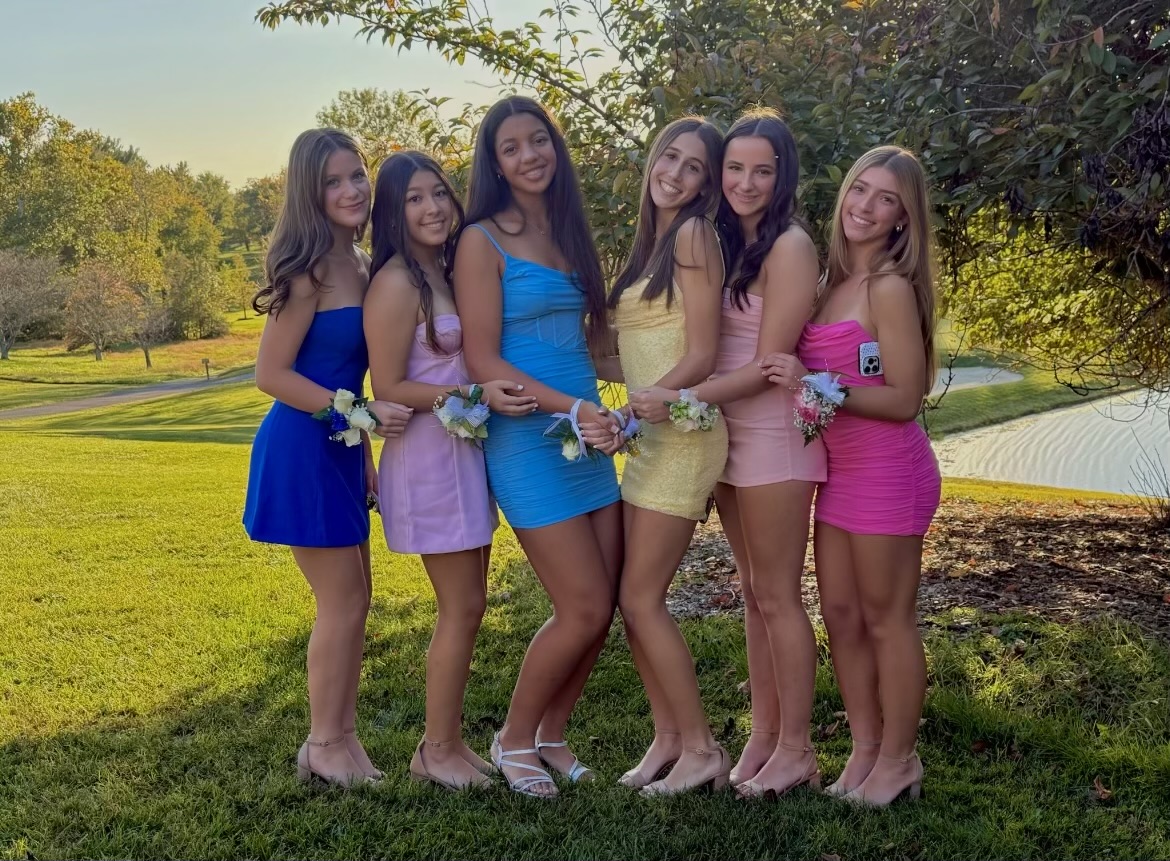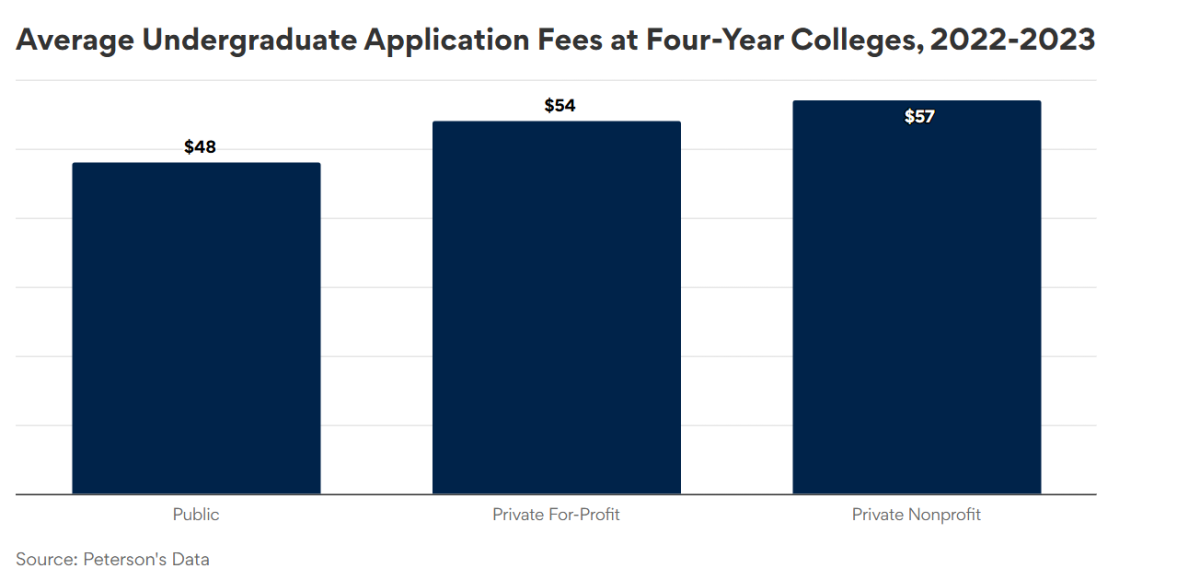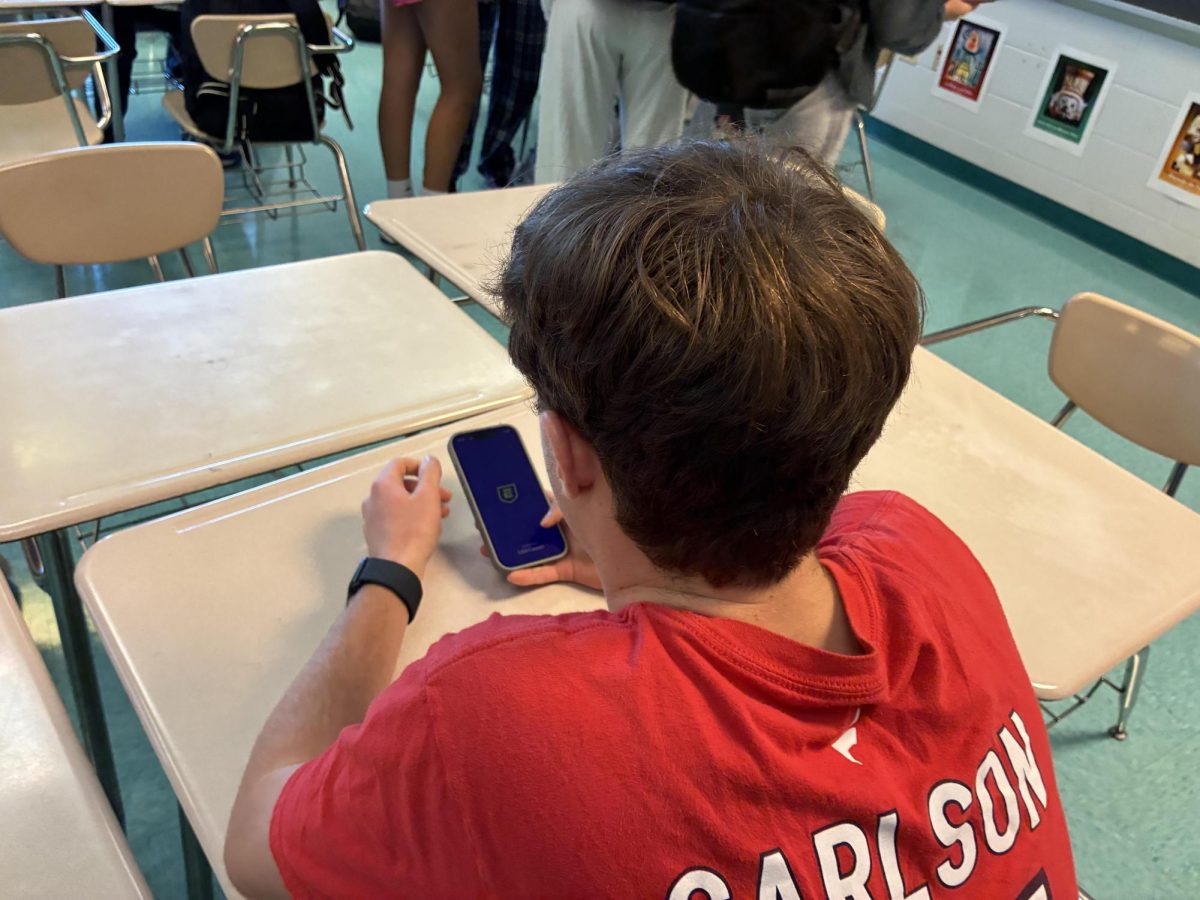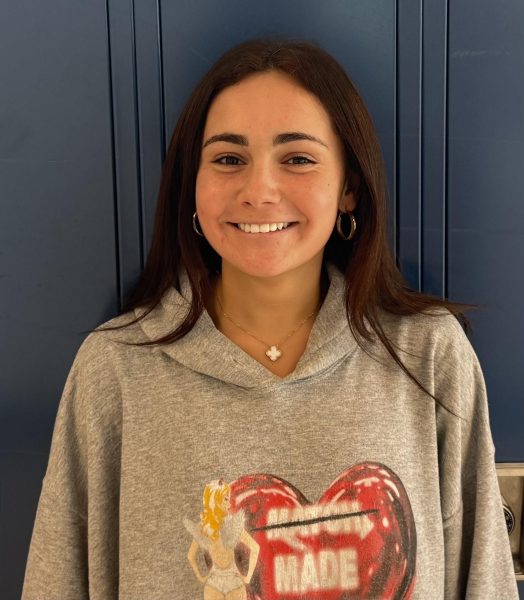High school newspapers are student-run publications and also ways to show creativity, collaboration and dedication. But what goes on behind the scenes? Dive into the processes of three high school newspapers: this school’s Common Sense, Walter Johnson’s The Pitch, and Walt Whitman’s The Black and White.
How ideas come to life:
Every article begins with an idea. At this school, the Common Sense team holds story pitch meetings before each publication cycle, which editors-in-chief and managing editors lead. Students contribute ideas across different sections like news, features, profiles, sports, reviews and arts, aiming to capture timely and relevant stories. This collaborative structure allows students to ensure all articles are informative and engaging, as well as keep an eye out for new ideas and learn from others.
Walt Whitman’s The Black and White operates similarly with a slight twist. Their pitch meetings, according to advisor Ryan Derenberger, are entirely student-led by the editors. But instead of contributing ideas across different sections they mainly focus on proposing ideas based on community research, often uncovering underreported or misunderstood issues.
Walter Johnson’s The Pitch takes a similar approach with a slight difference of how ideas are written down. As the editor-in-chief Seyun Park explains, their team holds story meetings at the start of each cycle. Staff members gather to pitch ideas on a large whiteboard compared to this school which is on the computer, and the following day, writers choose stories that resonate with them, giving more of a personal feel to each piece.
Staff Structure:
Each newspaper team has its own editorial structure. This school’s Common Sense has a sizable editorial staff of about 30 members, and about 50 total, with positions ranging from editor-in-chief to social media editor, giving a wide variety of options to apply for. The application process is conducted toward the end of the prior year and editors have to have been in the newspaper class for at least one semester. If you are not an editor you are a staff writer and you work with a supervising editor.
Walter Johnson’s The Pitch has 53 total members, and most hold specific editorial titles, though eight are general staff writers. While similar to Common Sense’s application process, The Pitch students as well as the Journalism One class students can apply around February for the position they want; the positions are announced in early April.
Meanwhile, The Black and White at Whitman has a different editorial structure. They organize by section and medium, with section editors, lead-section editors, managing editors, copy editors, and editors-in-chief for both print and online. Instead of applying, Whitman editors select their successors, emphasizing mentorship and continuity within the team.
Publish Process:
After the article writing and editing process, it’s time to publish. In Common Sense at this school, every article goes through an editorial workflow before being uploaded online to the Common Sense Website by the online editor-in-chief, Heerah Jayakumar. Each editor designs for a page for the print magazine, giving them creative freedom. Press days are held after school and this is where editors put in work to finalize their pages of the magazine before the editors-in-chief and adviser Evva Starr send it to be printed.
Whitman’s The Black and White team has a distinct approach to their print magazine, prioritizing wide-reaching features stories over more than time-sensitive news stories. They have a smaller print team consisting of the print editor-in-chief, two print managing editors and a small print graphics department, who work together to create their magazine.
Walter Johnson’s The Pitch also uses an online platform for editing articles, but their prints are four tabloid style and two magazines compared to this school who aim for six magazines only. Their two print magazines are one specialty issue and one senior issue. When choosing articles to go into the magazine they go for stories that are timely and relevant to WJ. The editorial staff who work on the print pages are section editors, copy editors, the editorial board and the adviser.
This is just the start of the behind-the-scenes of newspapers. From pitching to publishing, students at this school, Walter Johnson, Whitman and high schools across the county and country are learning the craft of journalism firsthand.


